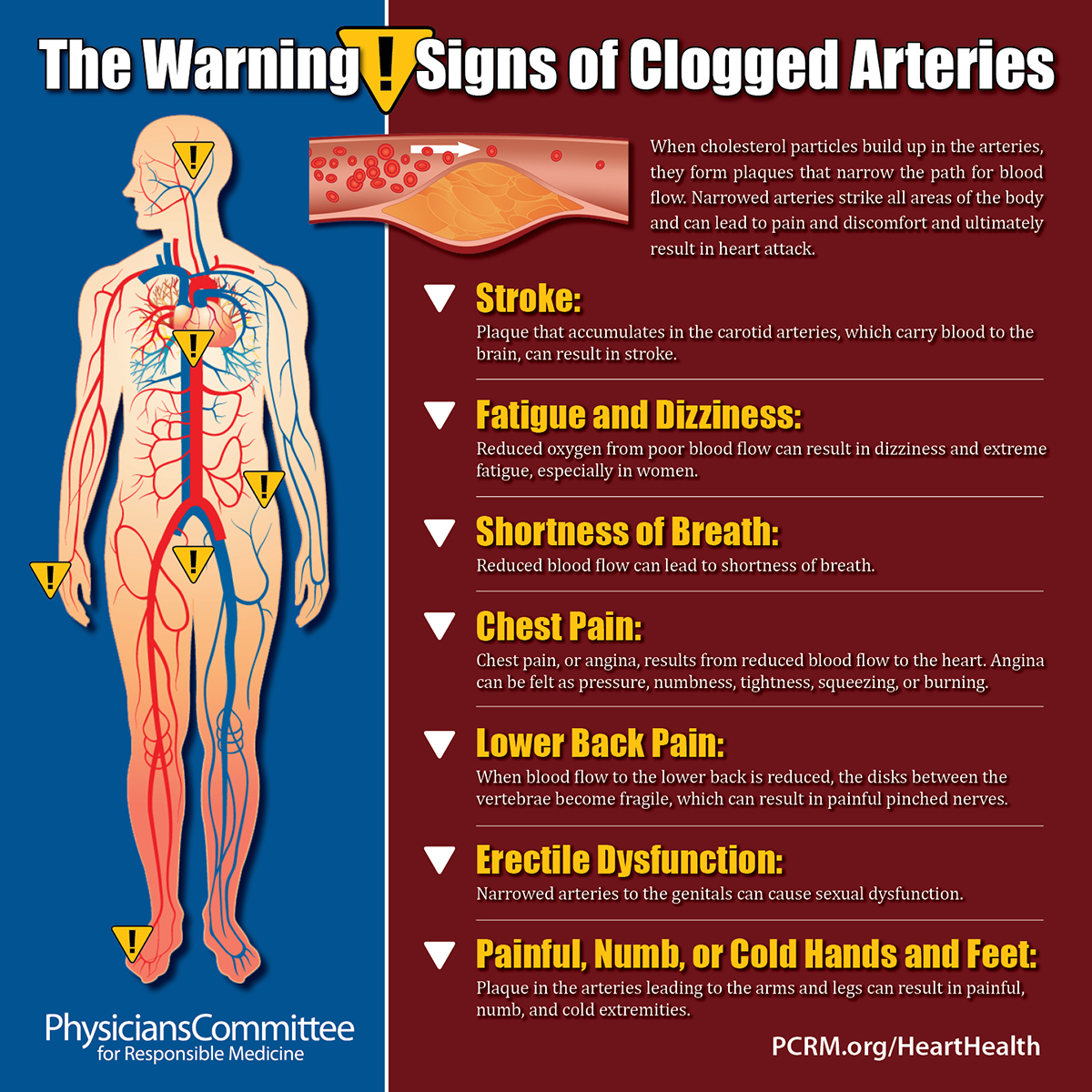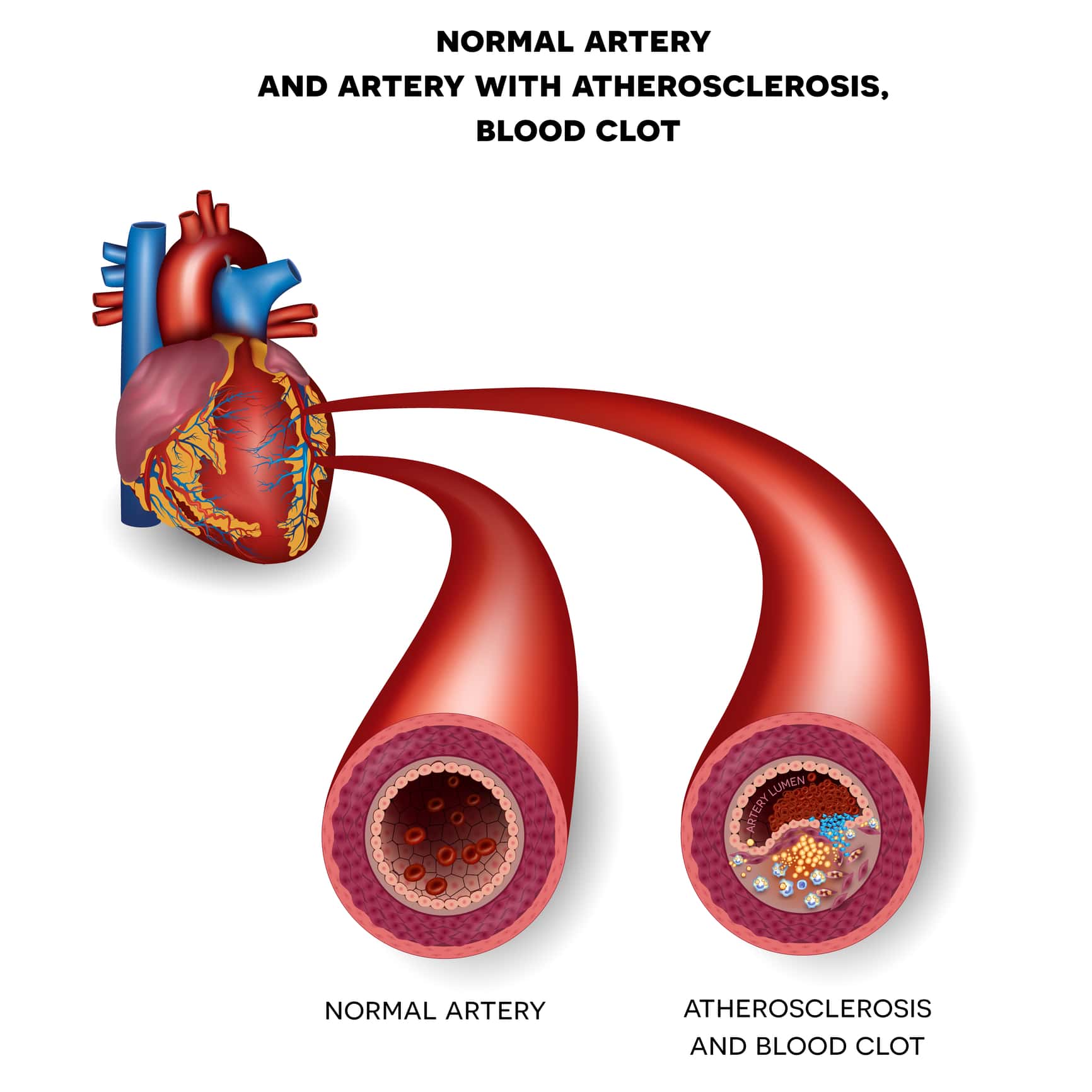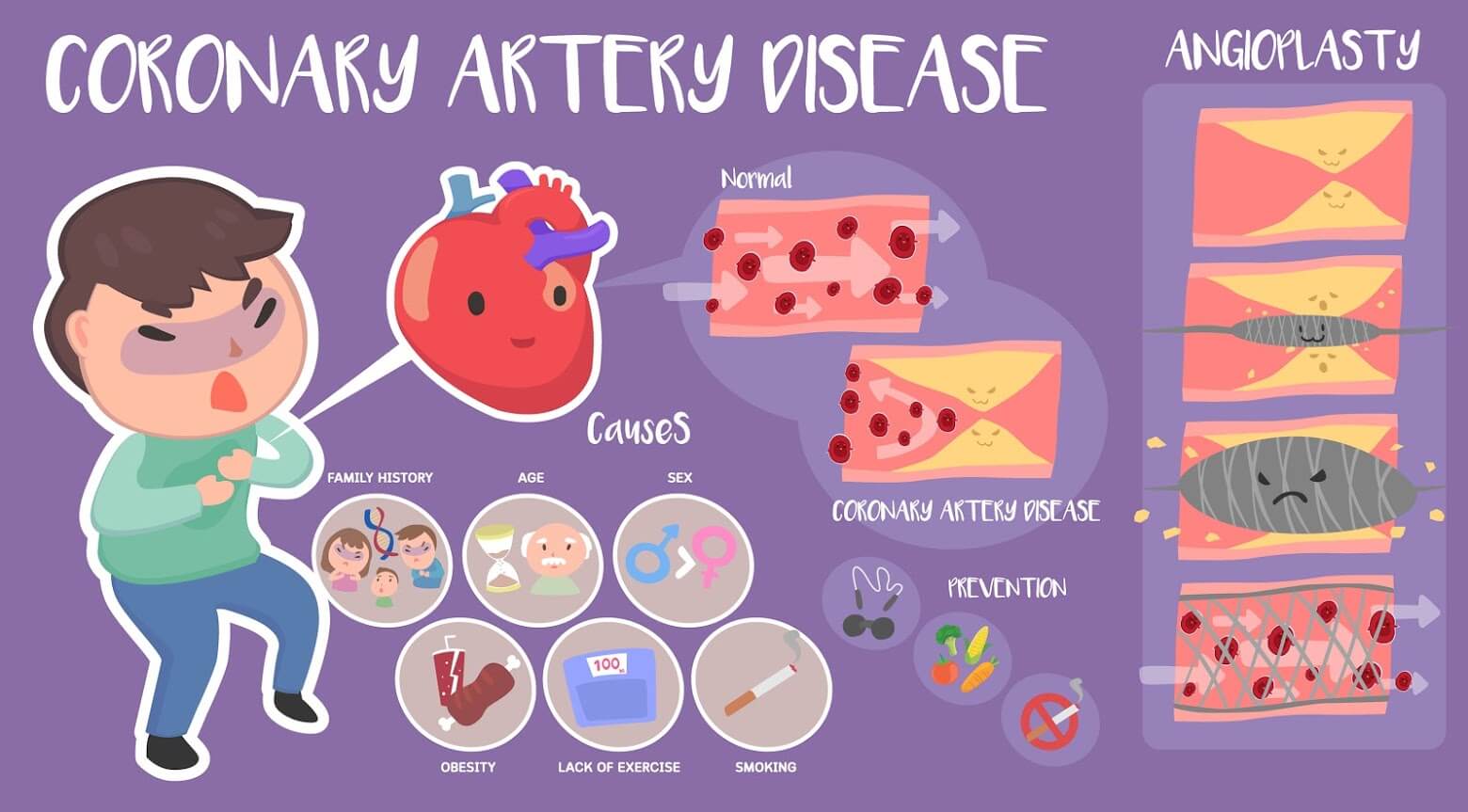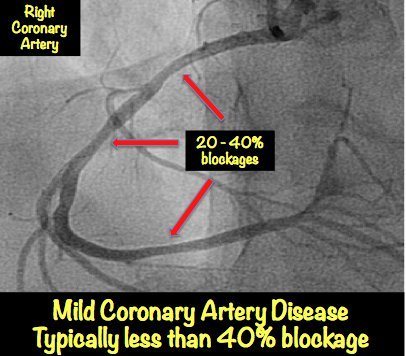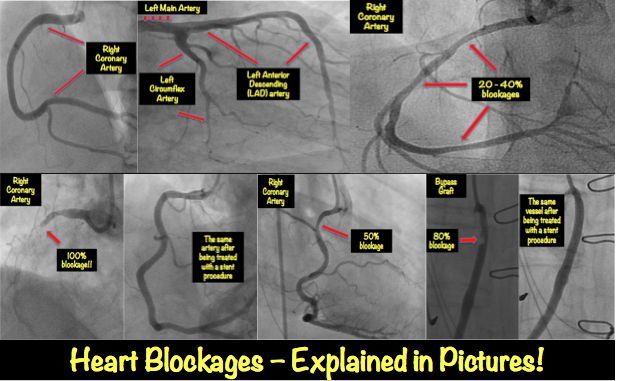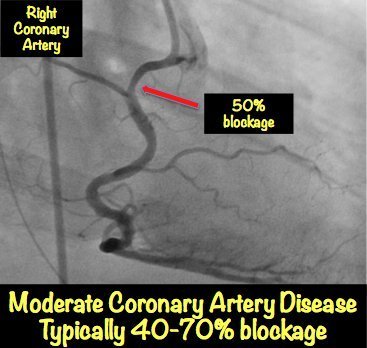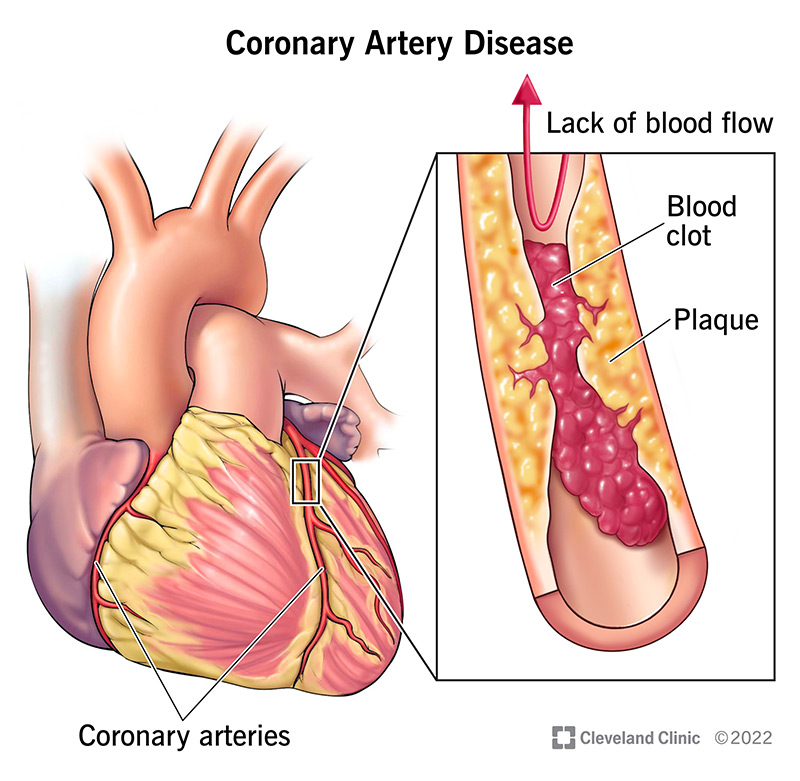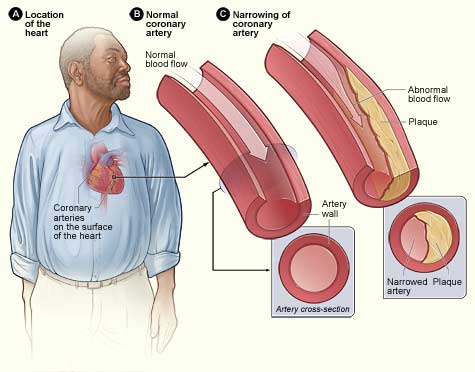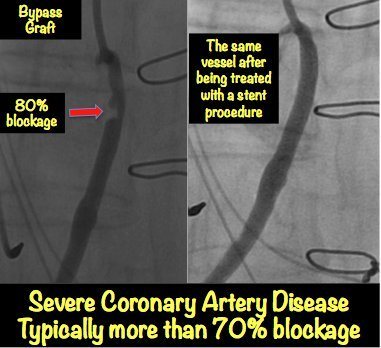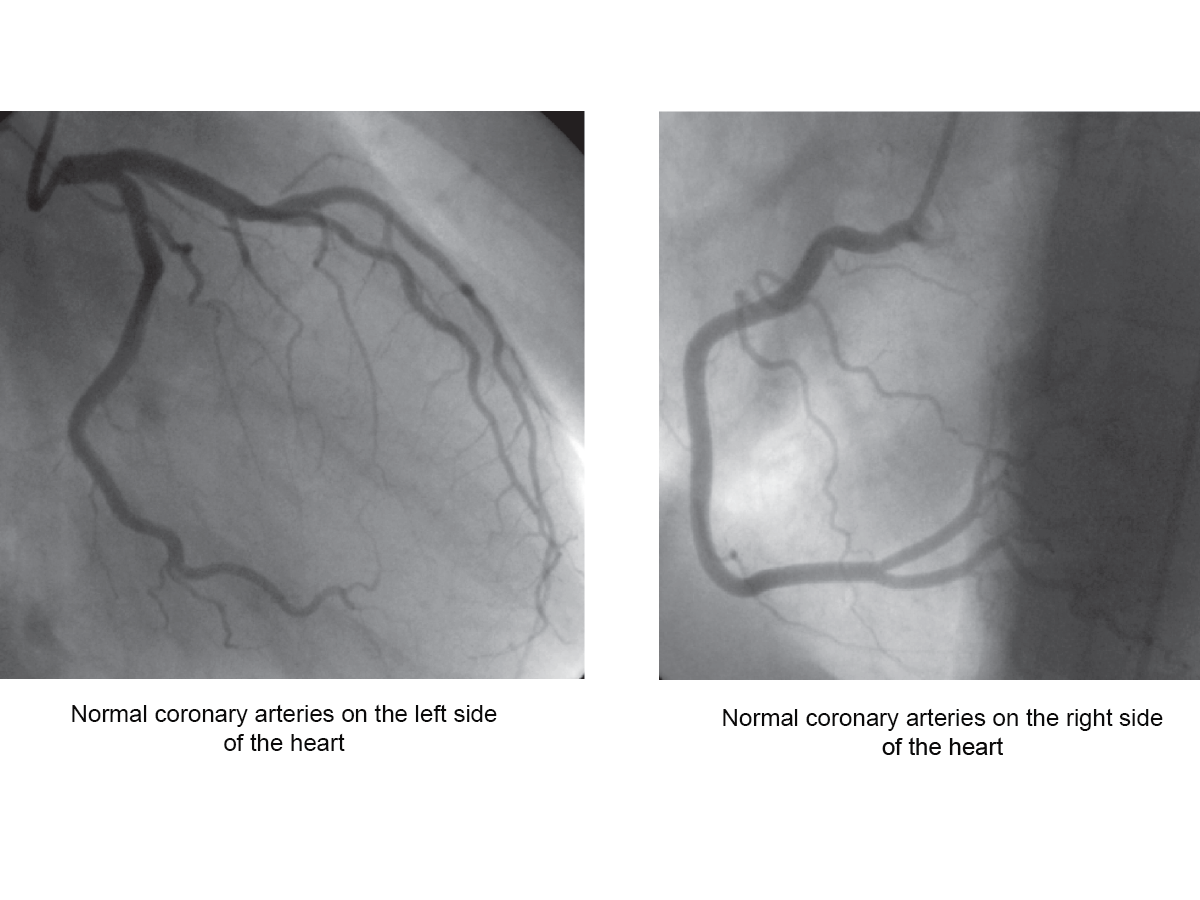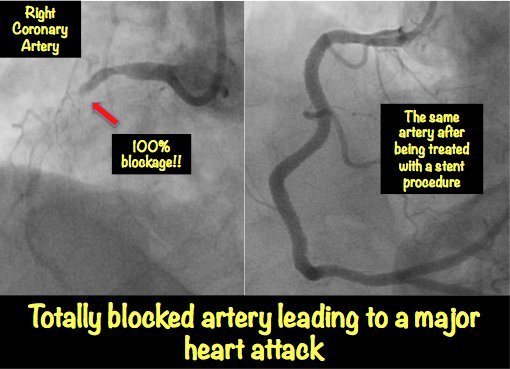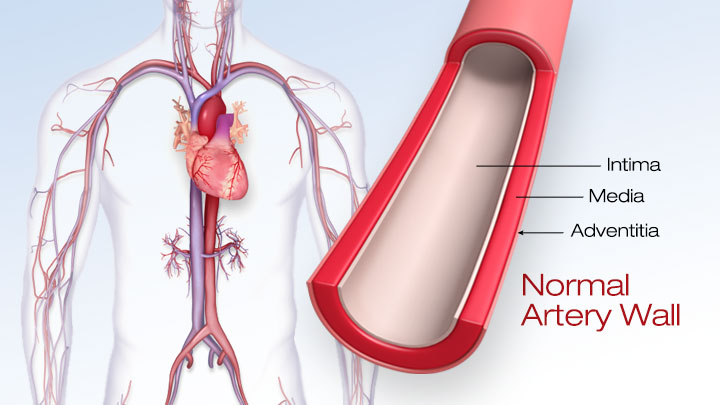Simple Tips About How To Check For Artery Blockage
/VWH_Illustration_Risk-Factors-for-Clogged-Arteries_Illustrator_Theresa-Chiechi_Final-f4b2eeee15dd489cb1f50c421aefe8b8.jpg)
See doctors with extensive experience in diagnosing & treating carotid artery disease.
How to check for artery blockage. An electrocardiogram, or an ecg, is a good way of determining if there has been any damage to the heart muscle due to heart blockages. An ultrasound uses sound waves to make a picture of the arteries. This test is done to check blood flow in your coronary arteries.
It can show the size and location of narrowed or blocked sections of an artery. A heart scan (coronary calcium scan) uses computerized tomography (ct) imaging to take pictures of the heart's arteries. So before ignoring persistent lower back pain, make sure that you start taking note of any other.
A reduced amount of flow to the lower back is usually from blocked arteries. The exam generally includes listening for a swooshing sound (bruit) over the. The test typically takes 30 minutes to complete.
It can detect calcium deposits in the coronary arteries. A test to measure the electrical activity in your heart that controls the heartbeat. These tests are not perfect, however, and in patients determined to be at significant risk, the standard way to directly assess the heart blockage is to look at the outline.
Clogged or blocked arteries can stop fresh blood from reaching parts of the body, which can put a person at risk of a heart attack, heart failure, or stroke. Your doctor is likely to start with a thorough medical history and physical examination. It's done for people who have coronary artery.
These tests can be used to measure the amount of fats and cholesterol in your blood, how much resistance your heart faces when pumping blood (blood. Prior to the test, a contrast dye is injected into the arm to make the arteries more visible. Tests for blocked arteries in your heart electrocardiogram:
